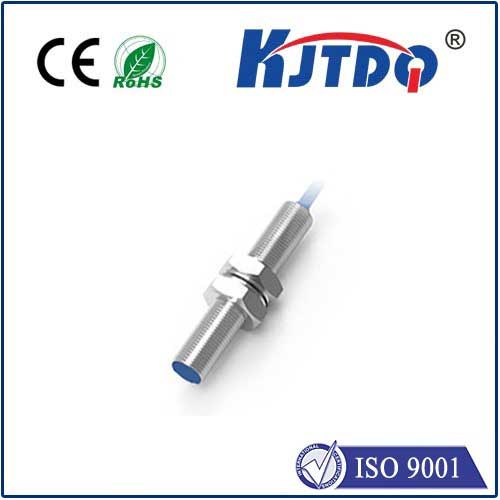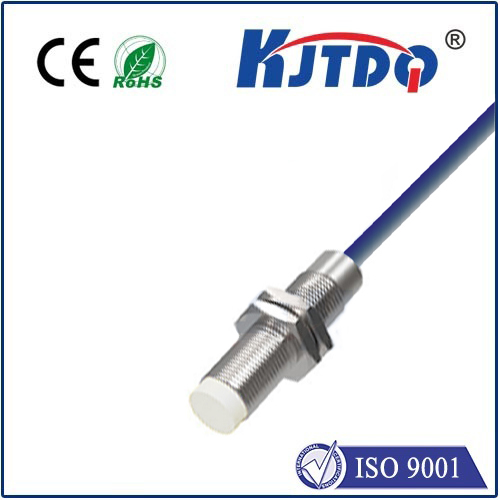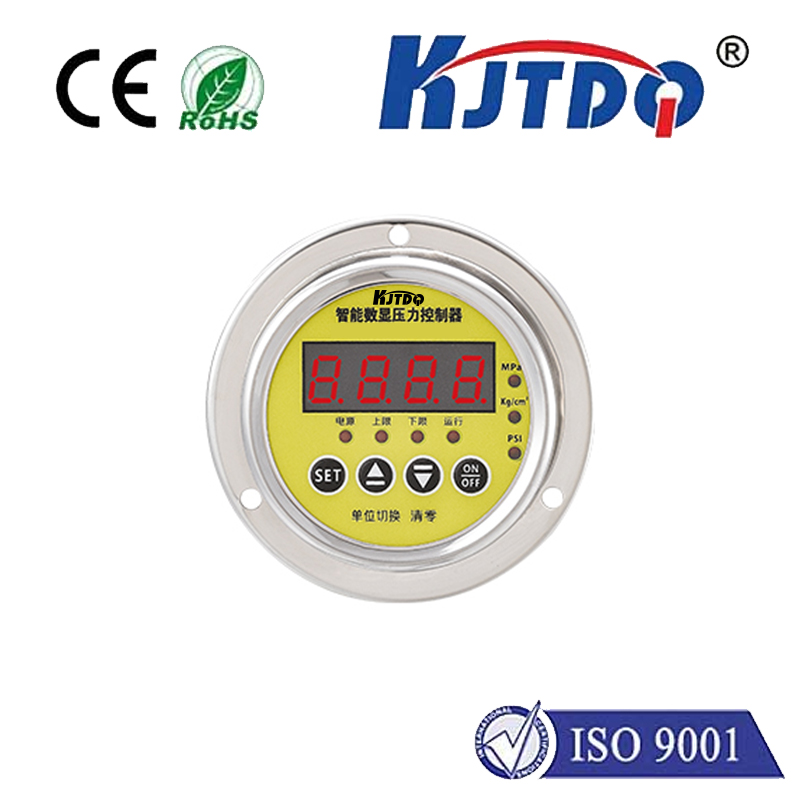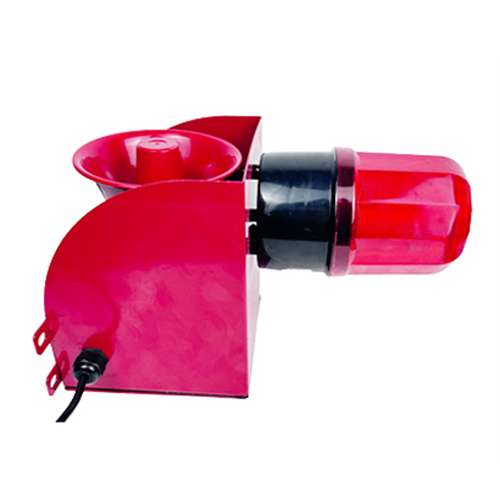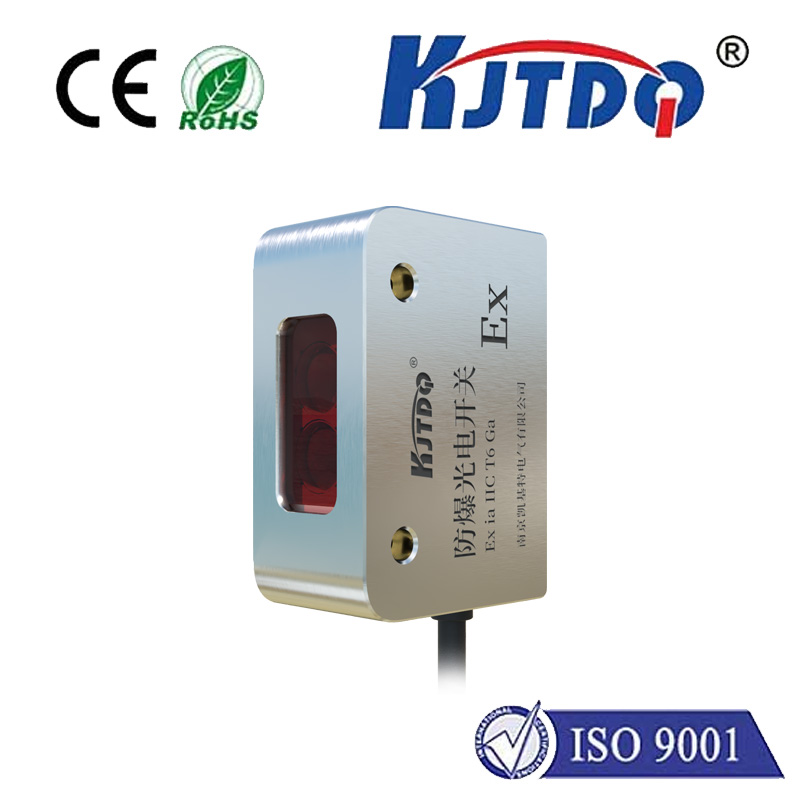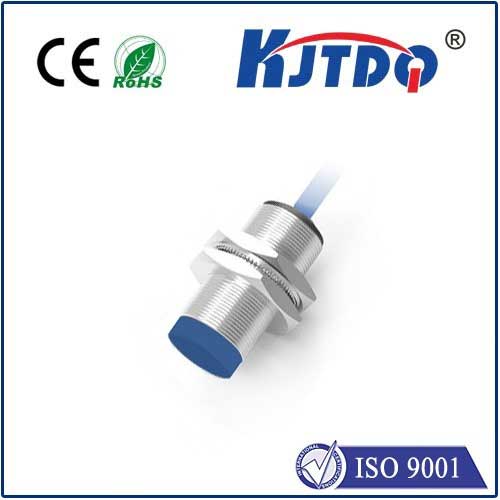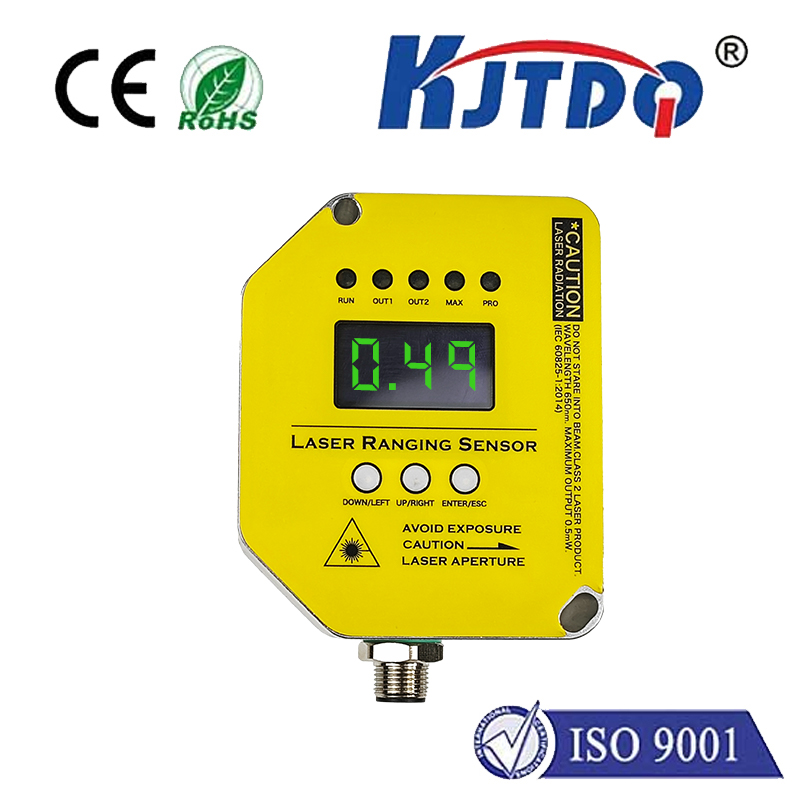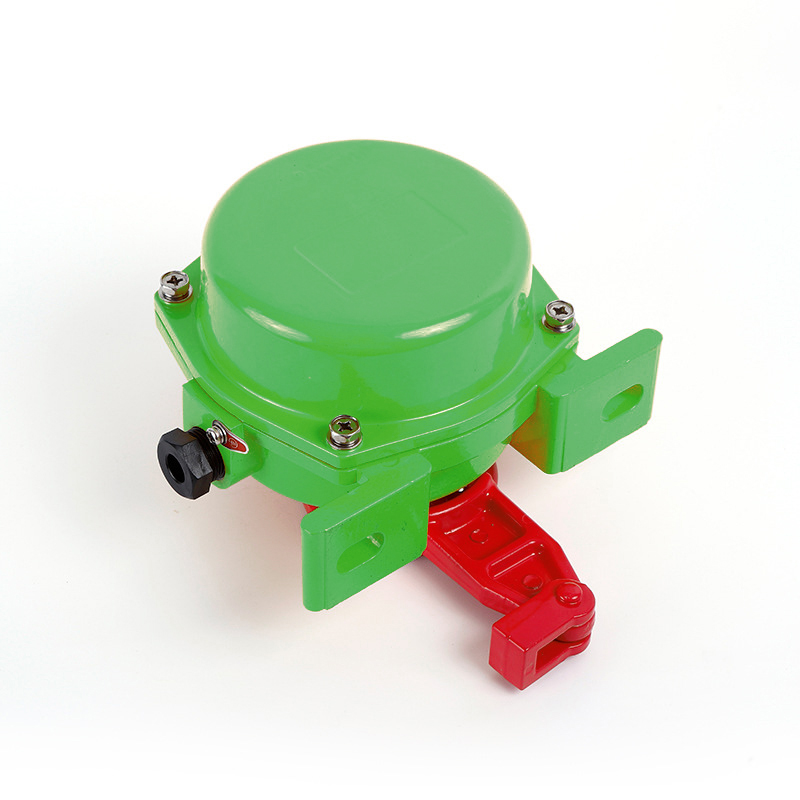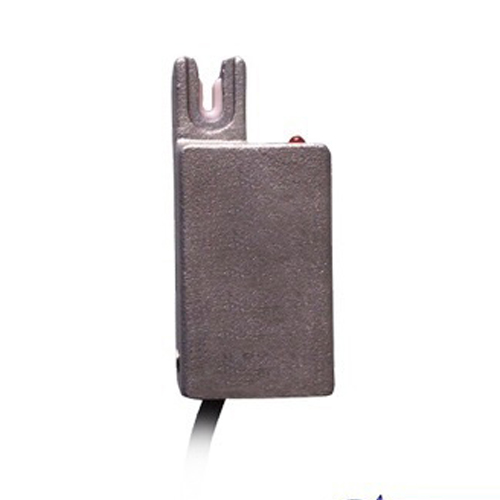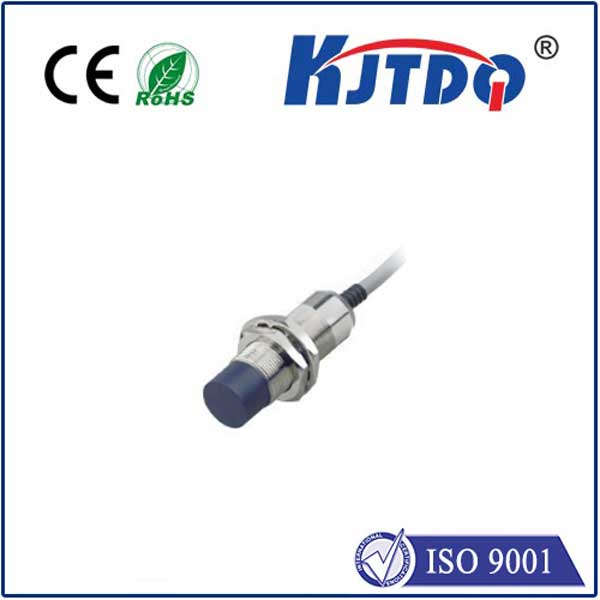

check

check

check

check

check

check

check

check

check

check
Opposed Photoelectric Sensors: The Future of Light Detection Technology
Photoelectric sensors have been an integral part of various industries for decades. They have revolutionized the way we detect and measure light, making it possible to automate processes and improve efficiency in numerous applications. Among the different types of photoelectric sensors available, the opposed photoelectric sensor stands out as a game-changer in light detection technology. In this article, we will explore the features and benefits of opposed photoelectric sensors, their application areas, and their potential impact on the future of light detection technology.
What is an Opposed Photoelectric Sensor?
An opposed photoelectric sensor consists of two components: a light emitter and a light receiver. The emitter emits light, which is then received by the receiver after being reflected or transmitted through an object. This type of sensor is called "opposed" because the emitter and receiver are placed opposite each other, allowing for accurate detection and measurement of light. Unlike traditional photoelectric sensors that rely on a single component to both emit and receive light, opposed photoelectric sensors offer improved accuracy and sensitivity.

Benefits of Opposed Photoelectric Sensors
One of the main advantages of opposed photoelectric sensors is their ability to eliminate false triggering caused by environmental factors such as dust, fog, or smoke. This is because the opposed design ensures that only the reflected or transmitted light is detected, eliminating any interference from external sources. Additionally, opposed photoelectric sensors are highly sensitive and can detect even the slightest changes in light intensity, making them ideal for precision applications.
Application Areas for Opposed Photoelectric Sensors
Opposed photoelectric sensors have found numerous applications across various industries, including manufacturing, packaging, logistics, and quality control. They are commonly used in machine vision systems to detect objects, measure distances, and ensure proper alignment during assembly processes. In the packaging industry, opposed photoelectric sensors are used to monitor product flow and detect missing or defective products. They also play a crucial role in logistics, where they are used to track and sort packages based on their size, weight, or destination.
The Impact of Opposed Photoelectric Sensors on the Future of Light Detection Technology
As technology continues to advance at a rapid pace, opposed photoelectric sensors are poised to become even more essential in various industries. With their high sensitivity and accuracy, these sensors can help improve automation processes, reduce errors, and increase overall efficiency. Moreover, as the demand for smarter and more connected devices grows, opposed photoelectric sensors will likely become an integral part of the Internet of Things (IoT) ecosystem, enabling seamless communication between devices and systems.
In conclusion, opposed photoelectric sensors represent a significant advancement in light detection technology. Their unique design offers improved accuracy and sensitivity, making them ideal for various applications across different industries. As technology continues to evolve, we can expect opposed photoelectric sensors to play an increasingly vital role in shaping the future of automation and connectivity.
